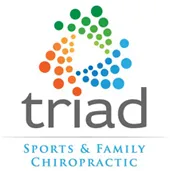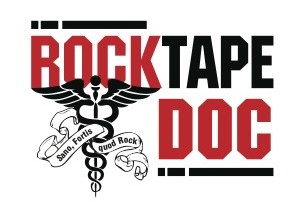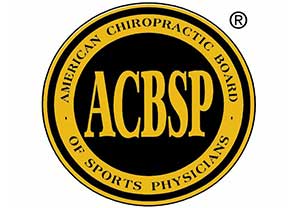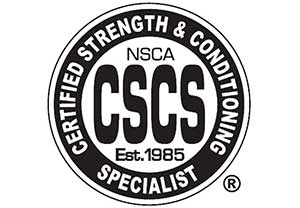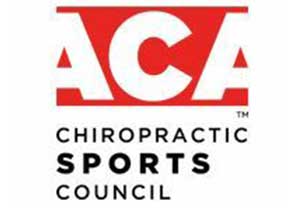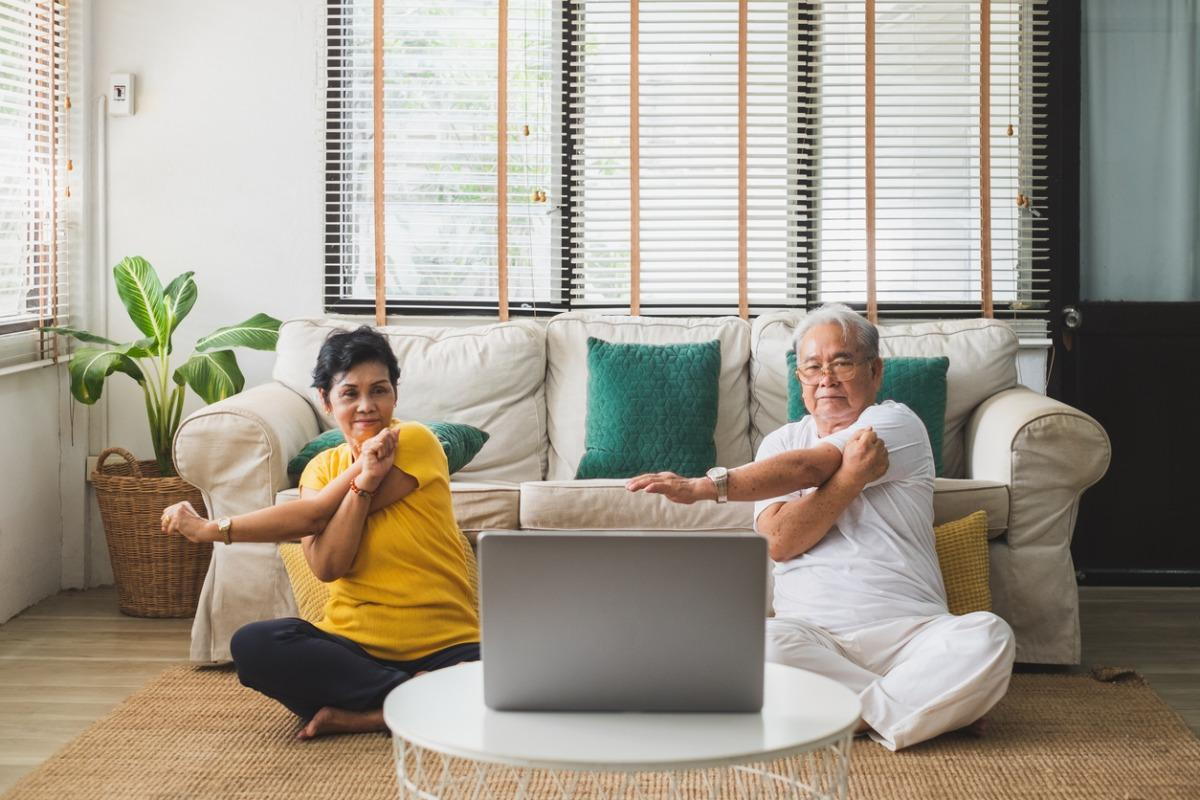
The Joint-by-Joint approach is a concept commonly used in physical therapy, strength training, and functional movement training. It was popularized by Gray Cook and Mike Boyle, two renowned experts in the fitness and rehabilitation fields. The approach emphasizes the idea that different joints in the body have specific roles and functions, and understanding these roles is crucial for optimizing movement and preventing injuries. When I first got introduced to this idea, I couldn't believe how much sense it made. The body is amazing, huh!
So here’s the basic premise of the Joint-by-Joint approach. It explains how the body is composed of alternating joints or regions of joints (like the spine or foot) with different primary functions. These functions can be categorized into two main groups:
1. Stability Joints: Some joints are designed to provide stability and support for the body during movement. These joints typically have limited movement due to the bony alignment, ligamentous support, and generally less range of motion at that segment or region. Stability joints tend to be found in areas where mobility is needed.
2. Mobility Joints: Other joints are intended to provide motion and flexibility to allow for the ability to certain basic functions. Just think for a moment about the motion that we need just to walk, run, climb stairs, stretch, and pick things up, no matter how small. These joints have a greater range of motion, but the tradeoff is less inherent stability. Mobility joints are typically found in areas where stability is needed.
The Joint-by-Joint approach identifies specific joints in the body and assigns them their respective roles:
- Ankle: Mobility Joint - It allows for movements like dorsiflexion and plantarflexion, providing mobility for activities such as walking and running.
- Knee: Stability Joint - The knee primarily functions to provide stability during weight-bearing activities and requires strong ligamentous support.
- Hips: Mobility Joint - The hips offer a wide range of motion, essential for activities like squatting, bending, and rotating the torso.
- Lumbar Spine: Stability Joint - The lower back is primarily designed to provide stability and support for the trunk during various movements.
- Thoracic Spine: Mobility Joint - The upper and middle back are meant to be mobile to facilitate rotation and extension.
- Scapulae (Shoulder Blades): Stability Joint - The scapulae provide a stable base for the shoulder joint to move effectively.
- Glenohumeral Joint (Shoulder Joint): Mobility Joint- The shoulder joint has a broad range of motion, allowing the arm to move freely in various directions.
- Elbow: Stability Joint - The elbow joint offers stability to the forearm during gripping and weight-bearing activities.
- Wrist: Mobility Joint - The wrist permits various movements like flexion, extension, and radial/ulnar deviation.
By understanding the roles of each joint and how the body moves naturally we can work towards more optimal movement patterns throughout habits and exercises. Much of that can be done independently although the help of a movement professional like a chiropractor, physical therapist or strength and conditioning specialist that can ensure that you properly identify those areas (versus focusing where you have pain). In my experience, the location of pain is usually not the primary source of dysfunction.
The Joint-by-Joint approach suggests that when one joint lacks mobility, the adjacent joint compensates by trying to become more mobile, leading to dysfunction and increased injury risk. Therefore, we have the potential to not only protect our body from injury, but also maintain our activities of daily lives as we age. Our office can help you create an effective training and rehabilitation program should focus on improving mobility in the appropriate joints while enhancing stability in others, aiming to create a balanced and functional movement system throughout the body. No matter where you are in your recovery or wellness goals, we will meet you there. Contact our office today!
